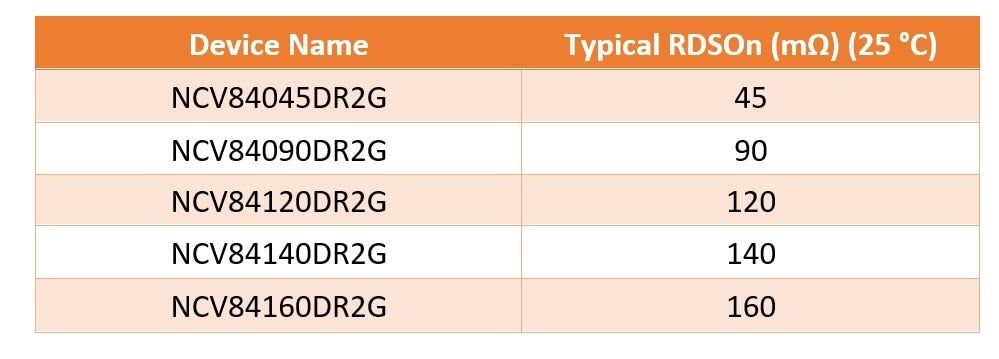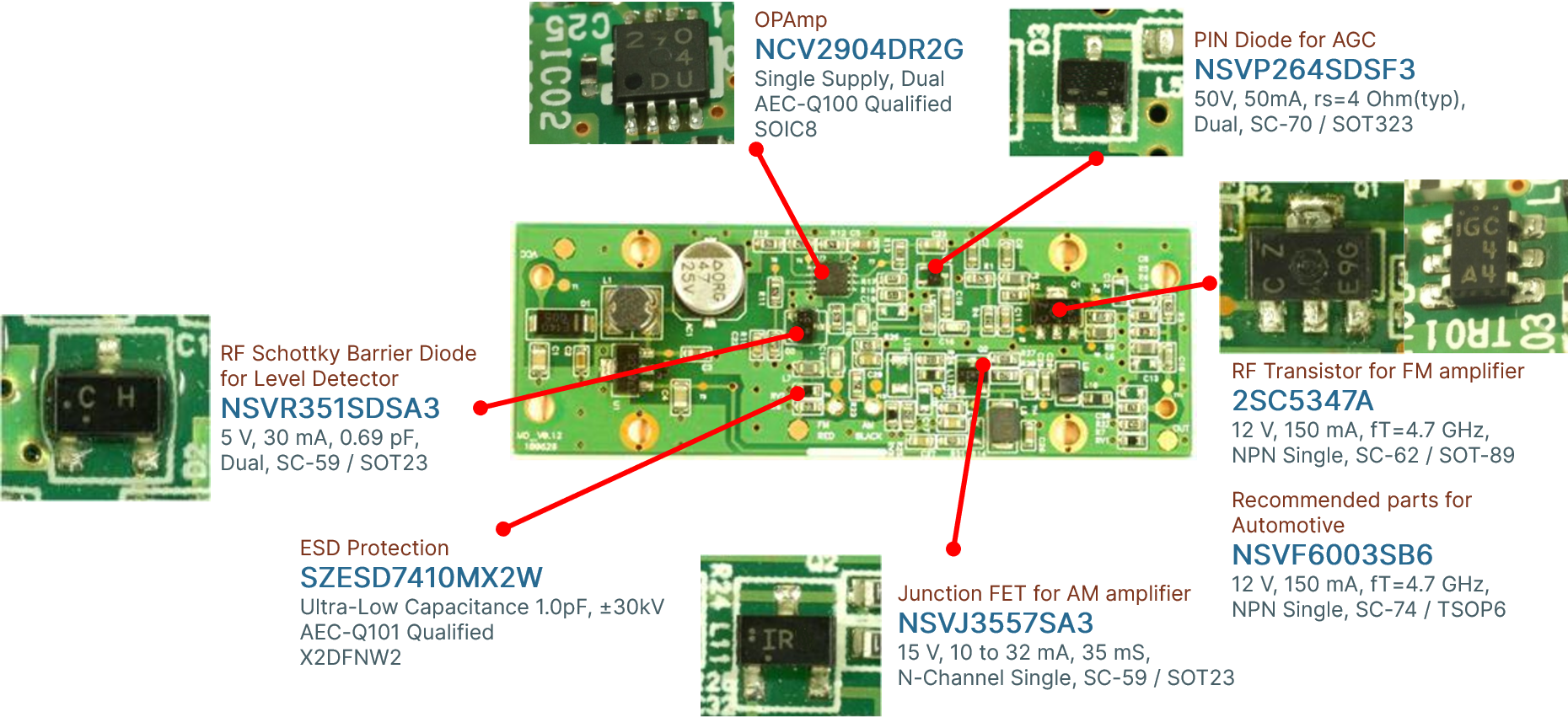Preface
Wi-Fi is one of the most ubiquitous wireless communications technologies in use today. It’s simple to use, easy to install and economical. Its performance continues to improve year-after-year. Households in the US have on average of 11 connected devices in 2020, the majority of them using Wi-Fi technology. With technology advancing, Wi-Fi is not only a communication technology that provides connectivity and network services, but also a sensing technology that enables security, safety and family care services in smart home and IoT applications. Wi-Fi sensing technology supports a variety of features and applications such as motion detection, human activity detection and recognition and vital signs detection.
Since Wi-Fi is widely deployed in residential homes and buildings, Wi-Fi sensing is an innately cost-effective sensing technology. The nexus of signals among existing Wi-Fi routers, mesh nodes and client devices form a whole-home-coverage Wi-Fi sensing network for applications like motion detection and human activity detection. No additional sensors or gateways are needed to build a separate and specialized sensing network.
Different from camera or infrared (IR) based sensing and monitoring solutions, Wi-Fi sensing has multiple advantages. It can work in NLOS (non-line-of-sight) conditions and supports larger coverage with both longer range and wide angles. Moreover, it protects the user’s privacy and can be installed in private areas such as bathrooms and bedrooms.
Wi-Fi sensing collects information from the normal packets and signals used for data communication between the devices. It neither requires extra or specialized signals nor degrades network performance or user experience.
Wi-Fi works in 2.4GHz, 5GHz, 6GHz and 60GHz bands. The wavelengths of the Wi-Fi signal in these three bands span from 4.2cm (6GHz band) to 12.4cm (2.4GHz band). Such signals are well suited for motion detection, activity detection and recognition for human bodies as well as breathing rate and even heartbeat detection through a more sophisticated antenna, DSP (digital signal processing), machine learning algorithms and techniques.
In the past, RSSI (Receive Signal Strength Indicator) was used for Wi-Fi sensing. RSSI is the relative received signal strength in a wireless environment, in arbitrary units. It is usually measured per packet. In MIMO system, many vendors only measure the RSSI of the strongest antenna. ON Semiconductor’s QCS-AX / QSC-AX2 products measure RSSI values for each antenna. RSSI is a coarse-grained parameter and a low-resolution feature. It has a single value per packet. Thus, RSSI is being replaced by channel state information (CSI) in Wi-Fi sensing solutions.
What is CSI?
Channel State Information is a sampled version of channel frequency response (CFR). It is the frequency-domain version of the Channel Impulse Response (CIR). In the QCS-AX and QCS-AX2 solutions, CSI can be captured in a real-time approach over up to 8 antennas for up to 8 spatial streams and up to 160MHz channels for each packet. The following matrix shows an example of the CSI captured on a 4x4 MIMO (multiple-input and multiple-output) receiver for an 80MHz signal from a 1x1 SISO (single-input and single-output) client. The matrix becomes three-dimensional when the client supports MIMO and sends multiple streams over multiple antennas.
Note: each row represents an antenna; each column represents a subcarrier. Total 234 useable subcarriers for 80MHz bandwidth, 468 useable subcarriers for 160MHz.
From the above, one can easily observe that CSI is a very fine-grained and high-resolution feature. It increases the diversities to the frequency domain and spatial domain. Moreover, each CSI has both amplitude and phase values, which have much information than RSSI which is only a single integer representing the signal strength per packet.
Figure 1, Example of CSI amplitude and phase of a packet from a 20MHz client
It is important to point out also that time series CSI information is very critical for all Wi-Fi sensing applications from motion detection, activity detection and recognition to vital detection, etc. ON Semiconductor’s QCS-AX and QCS-AX2 Wi-Fi 6 chipsets support real-time CSI capture with up to 3-millisecond intervals. Using CSI for Wi-Fi sensing can significantly improve granularity, sensitivity, accuracy and robustness.
Table 1, Summary of CSI features supported in QCS-AX and QCS-AX2 solutions
Wi-Fi motion detection
Motion detection is one of the most useful applications using Wi-Fi sensing based on CSI. Wi-Fi-based motion detection solutions are being deployed by many tier-one home Wi-Fi gateway, router and mesh vendors in the carrier and consumer space. It also receives growing attractions in business and industrial applications. These solutions all provide ease-of-use motion detection features and different levels of capabilities in positioning. Different vendors may have different technologies and algorithms to recognize motion detection. Their use cases may also vary due to their different technology and business focus. ON Semiconductor partners with multiple vendors to address different markets and applications. The QCS-AX and QCS-AX2 family chipsets provide all features required by these vendors for their different implementations. ON Semiconductor also works closely with these vendors to support different use cases and deployment models through the carrier, retail or industrial channels.
One use case is realized through Wi-Fi motion sensors. Just like deploying traditional motion sensors, multiple such sensors are installed around the home and are connected to the existing Wi-Fi network devices such as a router, mesh nodes and repeaters. The connections and signals between the sensors and the network devices form the sensing network for motion detection. The Wi-Fi motion detection sensors capture CSI data from the Wi-Fi signals received from the Wi-Fi network devices or from other sensors if they support internal mesh among them. In this model, the CSI data processing and Wi-Fi motion detection algorithms are usually done in the cloud due to the limited computation power in the sensors. As the sensors also consume the airtime of the Wi-Fi network, it might impact the network performance in some circumstances.
Another use case is through Wi-Fi mesh nodes provided by some of the Wi-Fi motion detection solution providers. The signals among the mesh nodes form a natural mesh sensing network. All network devices within the mesh networks including gateway, router and repeaters, support CSI capture. CSI data processing and motion detection algorithms are often done in the cloud. In some vendors’ solutions, pre-processing of CSI data may be done locally at the edge within the mesh nodes to save bandwidth, reduce CPU utilization on the cloud side, and improve detection latency as well. There are multiple advantages to this model. One is that the mesh nodes capture CSI data from the received signals used for normal communications between the mesh nodes and clients, thus no additional Wi-Fi airtime or bandwidth is needed for motion detection function. Moreover, mesh nodes typically support higher-order MIMO which benefits the coverage and robustness of motion detection. Lastly, the software on each mesh node can also control both transmit and receive for CSI data capture. Thus, customized packets or signals can be generated to produce higher-resolution motion detection results and support high-accuracy positioning features. In this model, more mesh nodes may be required for whole-home sensing coverage.
Figure 2, Motion detection use case and deployment through mesh nodes (network devices)
The other use case is through mesh nodes and any existing Wi-Fi devices supporting OFDM (exclusive of the old 802.11b only devices, which do not support orthogonal frequency-division multiplexing). Besides all the advantages in the previous mesh nodes model, another considerable advantage of this model is that all the existing Wi-Fi client devices, such as Wi-Fi cameras, smart lamps and printers, etc., become motion detection sensors. The signals among the mesh nodes (network devices) together with those between client devices and mesh nodes form a much denser sensing network. Thus, the sensing network coverage is much more comprehensive and often able to provide whole-home coverage without installing additional mesh nodes or Wi-Fi devices. The other advantage of this model is that no software or hardware change is needed to enable the Wi-Fi client devices to Wi-Fi motion detection sensors. In this model, the CSI data is still captured on the mesh nodes. The mesh nodes capture not only the CSI data for associated client devices but also may capture the CSI data in sniffing mode for other network devices and Wi-Fi devices only associated with other nodes.
Figure 3, Motion detection use case and deployment through mesh nodes (network devices) and existing installed client devices
ON Semiconductor has been working with multiple vendors who support many of the use cases above. The QCS-AX and QCS-AX2 Wi-Fi 6 solutions support all the CSI capture features required in these models. Read more about how Wi-Fi sensing works from our white paper. Stay tuned for our next blog about human activity detection and recognition using a Wi-Fi-based sensing solution.
Be sure to subscribe to our blog to get our latest company news and technology announcements delivered to your inbox!
Twitter | Facebook | LinkedIn | Instagram | YouTube




